Cold frames and hotbeds are easy to build structures that can help you extend your season or give your plants a jump start too. They basically have the same structure with the only difference being that one is heated only by the sun and the hotbeds have an alternative heat source.
What Is a Cold Frame Garden?

A cold frame is a bottomless box that is seated on the soil and is covered with glass. The biggest benefit of a cold frame garden is getting fresh harvest to eat and getting a break from canned veggies! Another would be the ability to start seeds early indoors and then move them to a cold frame later. It is a great way to kick start gardening and provide you with fresh produce of your favourite vegetables.
Here are some tips to ensure a healthy cold frame garden.
Choosing the Right Spot for Your Cold Frame Garden Is Important

The climate needs to be just right for the cold frame to work. Hence, the spot for installing a cold frame needs to be chosen wisely as it will dramatically affect the growth of your plants. The spot decided should be with plenty of sunshine, shelter from prevailing winds, and the face of the frame should be set up with a full southern exposure. Try maximising the sunshine from slope to top and ensure there is plenty of sunshine for at least eight hours. You can place it against a house, deck, shed, garage, greenhouse, or allow it to be free-standing in your garden.
Easy Drainage Is Important
Another key aspect is to make sure you consider drainage. Placing a cold frame on a forward-facing slope facilitates easy drainage. While not compulsory, it is suggested that the back of the frame be higher than the front to capture the most sunlight and allow snow and water to drain off the top.
Enough Ventilation to Ensure Optimum Temperature

Ventilating your cold frame is also crucial. Lack of ventilation can have several negative effects. The biggest, of course, is your plants dying from the heat. Insufficient ventilation can also cause your fall and winter crops to grow in conditions that are consistently too warm. This leads to soft growth, which is easily damaged in cold weather. Crops that are given a bit of ‘tough love’ and grown with proper ventilation under cooler conditions will be better prepared to deal with the cold temperatures of late fall and winter and be less prone to cold damage.
Using Hardwood, not Softwood, Is Advisable

Wood is the most appropriate medium to build a cold frame as it can be easily cut to the size required using hand tools. Hardwood is the ideal choice as it has a longer life than softwood, providing greater durability to your cold frame.
Avoid old wood that has been treated with creosote or similar non-earth-friendly products, especially if you’ll be positioning the cold frame directly on the surface of the soil. You can also paint the wood with a non-toxic paint if you’re worried about it looking less than aesthetically pleasing.
Though cold frames are usually made out of wood, it is not unusual for them to be made out of concrete, stone, or any other material that gives it enough durability. There is no standard size for a cold frame; it depends on the amount of space available to you. It should be 3- to 4-feet minimum for convenience.
Top with Glass or Clear Plastic

Top the box either with glass or a frame covered with clear plastic. Of course, thicker materials will provide more insulation. Old windows are classic to use for this project. Hinge the cover or add a sliding lid so that it may be opened for ventilation on warm days.
Whether it be from the fall of autumn leaves, or a hearty fall of winter snow, make sure to keep the tops of your frames clean and clear. If the tops of the frames are obstructed, the plants won’t receive the amount of light needed to support growth. You may open your frame to find a bunch of dying vegetables and you surely do not want that!
Line the Inside of the Frame with Foil
One of the ways to ensure light and warmth in the cold frame is by lining it with aluminium foil, thereby creating enough layering to reflect sunlight onto the plants. Another way to ensure this is by painting the inside walls of the box with some white paint.
Hopefully, this blog post gave you some useful tips to grow and enjoy your vegetables in the cold weather. You can literally grow just about anything in a cold frame garden. This is a great way to create a safe haven for plants that would otherwise be hard to germinate and grow in the hard weather conditions. Happy gardening!
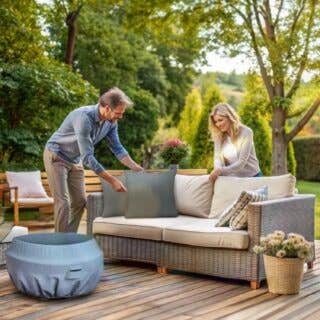

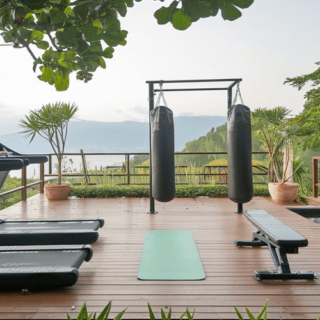
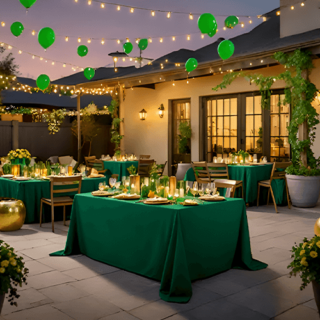


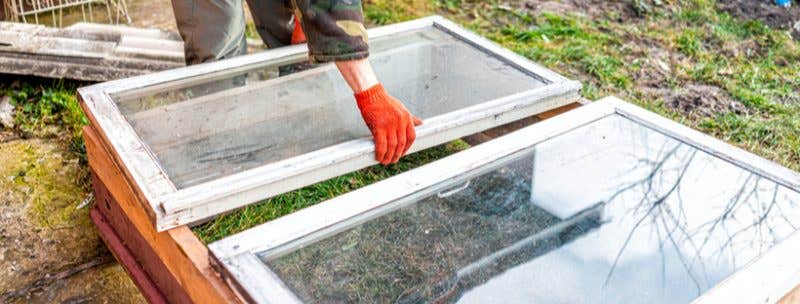

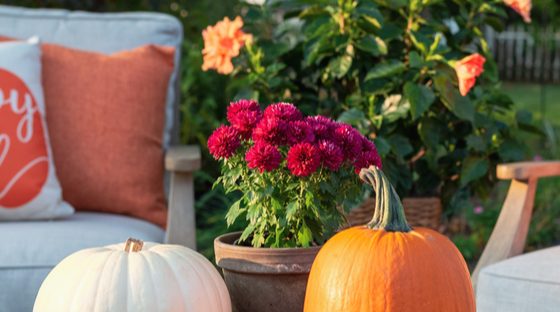
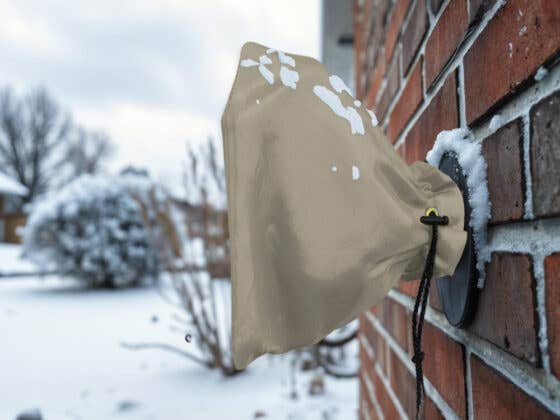
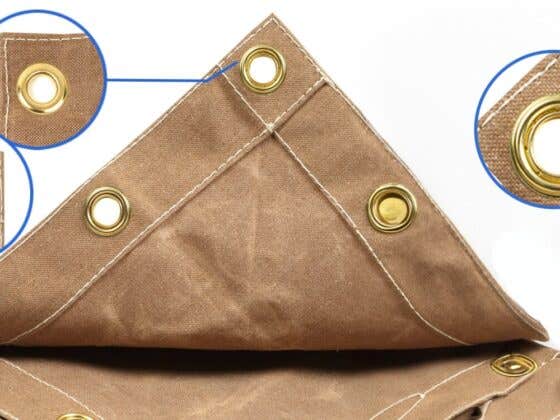
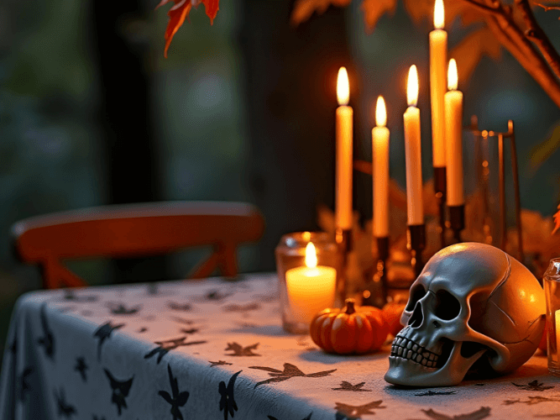
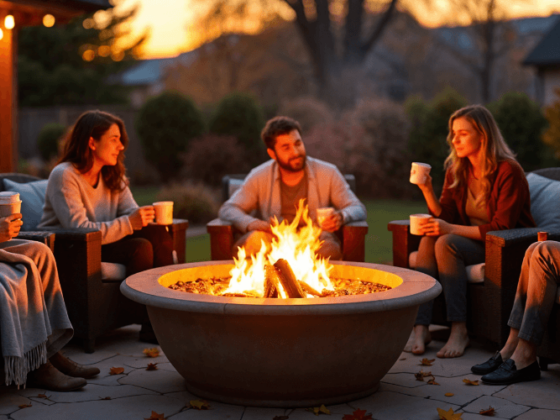
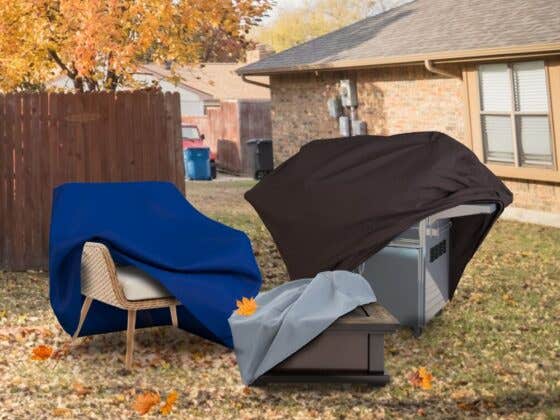
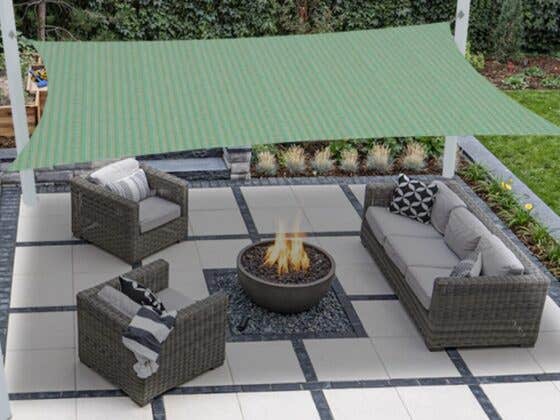
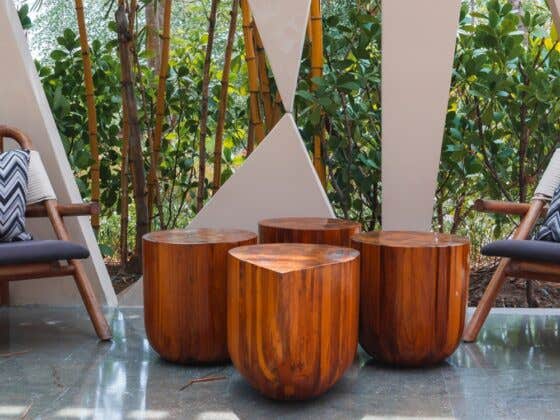
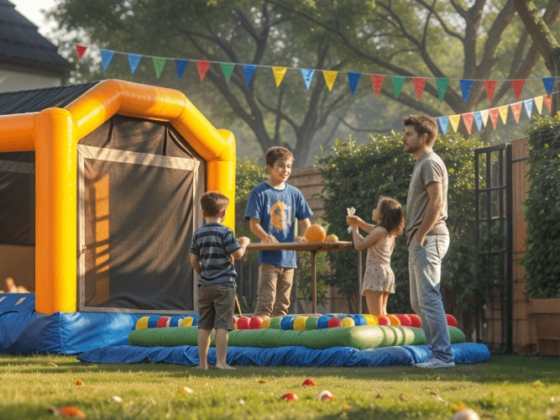
Recent Comments